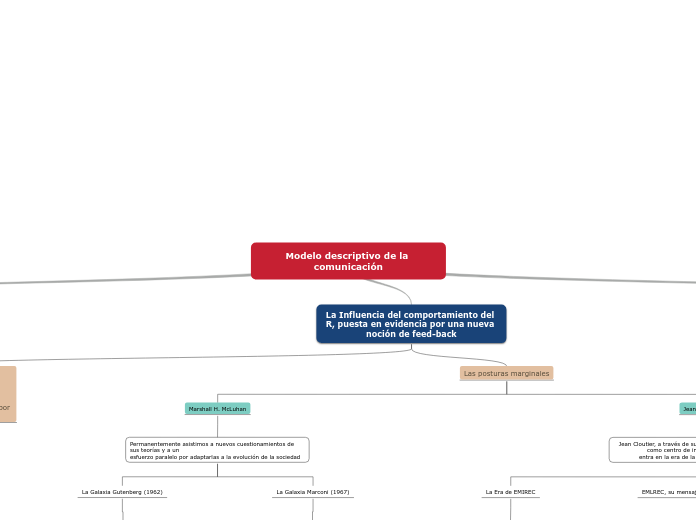da DarcROR DarcROR mancano 4 anni
582
Modelo descriptivo de la comunicación

da DarcROR DarcROR mancano 4 anni
582

Più simili a questo
Type in the name of the multiple-perspectives text.
Example: Bridge to Terabithia by Katherine Paterson
Decide on the fourth point of view
Type in the name of the last character whose perspective on the issue you are going to present.
Example: Leslie Burke, Jesse's new next-door neighbor, and best friend.
Point of view
Type in a relevant quote that highlights the character's point of view. Try to follow a citation format: author's name, chapter, and page.
Example: I can't get the poetry of the trees,' he said. She nodded. Don't worry,' she said. You will someday. He believed her.' (Paterson, 4. 24)
How is the viewpoint introduced in the story?
Choose an answer:
Whose character does the third point of view belong to?
Type in his/her name.
Example: Mr. Aarons, Jesse's father.
What does the character think, say or do that suggests their perspective on the issue?
Type in a quote and try to maintain the citation format.
Example: 'He would like to show his drawings to his dad, but he didn't dare. (...) He'd thought his dad would be pleased. He wasn't. What are they teaching in that damn school? he had asked.' (Paterson, 2.8)
What kind of narration introduces the viewpoint?
Choose an answer:
Type in a relevant quote that highlights the character's point of view towards
Issue.
Try following a citation format: author's name, chapter, and page.
Example: 'Jesse drew the way some people drank whiskey. (...) Lord, he loved to draw. (...) When he was in first grade, he told his father that he wanted to be an artist when he grew up.' (Paterson, 2. 7)
Type of narration
What type of narration introduces the viewpoint?
Choose an answer:
Jean Cloutier, a través de su personaje “EMIREC” tomando como centro de interés el hombre que entra en la era de la comunicación individual
La comunicación individual
Es concebida en 3 etapas La comunicación de élite, la comunicación de masas y, por fin, la comunicación individual. En esta última (la comunicación individual), es EMIREC
EMLREC, su mensaje-lenguaje, sus medios
EMIREC personifica el carácter E-R de cada hombre. Es el homo comunicans, que tiene cinco sentidos Distingue, entonces, tres lenguajes de base, los cuales se funden para “producir los lenguajes sintéticos que son el audiovisual y el scripto-visual, que se combinan en un sistema poli-sintético de comunicación: el “audio-scripto-visual”
La Era de EMIREC
aborda los problemas de la comunicación bajo el ángulo de la cibernética, porque los esquemas lineales que disocian las funciones de E y de R no son suficientes para explicar el proceso completo de la comunicación
Type in a quote that points out the character's position about the issue.
Try to follow a citation format: author's name, chapter, and page.
Example: 'She said he was unusually talented, and she hoped he wouldn't let anything discourage him.' (Paterson, 2. 8)
Permanentemente asistimos a nuevos cuestionamientos de sus teorías y a un esfuerzo paralelo por adaptarlas a la evolución de la sociedad
How is the viewpoint introduced in the story?
Choose an answer:
La Galaxia Marconi (1967)
según McLuhan engendró la nueva y extravagante forma del periódico moderno toda la pagina es surrealista
La Galaxia Gutenberg (1962)
La idea central es que el alfabeto fonético lleva su propio mensaje independientemente de lo que queria expresar
Identify an important issue from the text that is being presented from different angles. Type it in.
Example: Jesse's drawing talent.
Decide on the second point of view
Name the character (it can either be the main character or one of the supporting characters) whose point of view you are presenting.
Example: Miss Edmunds, Jesse's music teacher.
Decide on the first point of view you are going to present.
Type in the name of the character (it can either be the main character or one of the supporting characters) whose point of view belongs to.
Example: Jesse Oliver Aarons, Jr., the main character of the novel, a fifth-grader living in a rural Southern area.